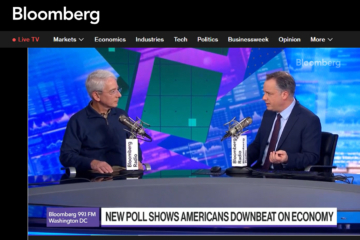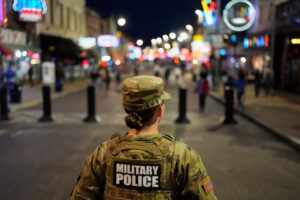
As the COVID-19 pandemic took hold in early 2020, Peter Atwater, an economist and adjunct professor at William & Mary, observed a significant divergence in the economic confidence of different worker groups. While many white-collar employees transitioned to remote work and reported increased optimism, blue-collar workers, such as hospital staff, supermarket clerks, and factory workers, faced mounting challenges. This disparity led Atwater to coin the term “K-Shaped Recovery,” a phrase that has gained traction among economists and media outlets worldwide.
K-Shaped Economy Explained
Atwater’s concept of the “K-Shaped Economy” illustrates how financial markets and asset values have flourished for the wealthy while lower- and middle-income Americans struggle with rising costs. Those who can invest have benefited from extraordinary market performance and robust housing values, while individuals on the lower rungs of the economic ladder grapple with soaring prices for essential goods and services.
In a recent interview with Marketplace, Atwater noted, “We’ve seen extraordinary financial market performance. We’ve seen the value of homes remain robust and grow. For those with investable assets, their trajectory has continued upward. Meanwhile, we’re seeing for those at the bottom of the economy deterioration.” He emphasized that many lower-income Americans are falling behind, often facing late rent payments and significant food inflation.
Atwater describes the conditions faced by these individuals as a “heavy stack of vulnerability,” where feelings of uncertainty and powerlessness accumulate. He pointed out that this growing divide in confidence is not merely an economic issue; it profoundly impacts people’s political and social choices as well. “The economics are important,” Atwater explained, “but it’s how people now feel that matters most.”
Raising Awareness and Seeking Solutions
Atwater has garnered attention from various national outlets, including Bloomberg, Fortune, and The Wall Street Journal, discussing the implications of this economic divide. In a statement to Fortune, he remarked, “What we have today is a small group of individuals who feel intense certainty paired with relentless power and control – and on the other, it is a sea of despair. And that’s the piece that never gets talked about.”
His recent book, “The Confidence Map: Charting a Path from Chaos to Clarity,” aims to help readers understand the psychological aspects of confidence and decision-making amidst economic uncertainty. Atwater expressed concern that those in positions to address the needs of lower-income Americans may not fully grasp the fragility of the current economic state. He hopes the ongoing conversation surrounding the K-Shaped Economy leads to meaningful action.
“Having talked about the K-Shaped Economy for five years, it feels like we’ve now reached the point where it looks more like a top-heavy Jenga tower,” Atwater observed. “To achieve a more balanced economy — and to boost confidence for those at the bottom — steps need to be taken to reinforce the base.”
Atwater’s insights highlight the urgent need for policy interventions and community support to address the growing economic inequality. As the global community continues to navigate the complexities of recovery, understanding the implications of this K-shaped trajectory may be crucial in shaping future economic policies and fostering a more equitable society.







